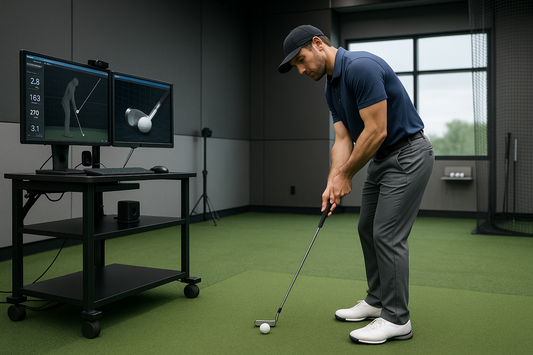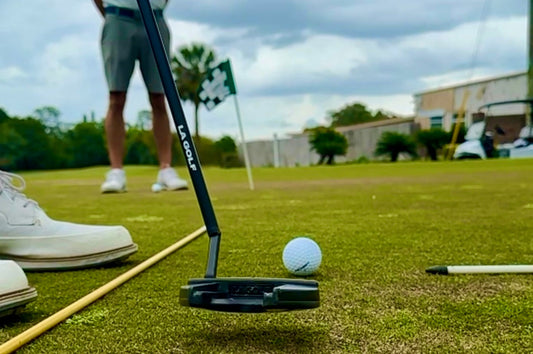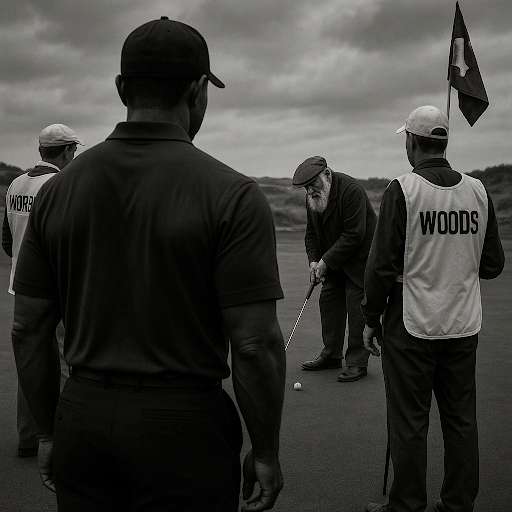I've watched thousands of putts roll across greens, and here's what still amazes me: the difference between a made putt and a missed one often comes down to fractions invisible to the naked eye. Yet we obsess over putting more than any other part of the game, and for good reason.
Dr. Rob Neal's research lab looks like something from a sci-fi movie that features amazing golf technology like high-speed cameras, motion sensors, and computer screens displaying swing paths in real-time. His findings about putting are refreshingly practical. The best putters don't move like robots. They move like humans who've figured out how to be consistently human.
Is the pendulum a lie?
Everyone talks about putting like a pendulum, but Neal's data tells a different story. Tour pros don't achieve perfect pendulum motion. Instead, they master what I call "controlled chaos." They repeat their imperfections so precisely that those imperfections become strengths.
Your setup determines everything that follows. I watch golfers contort themselves into positions they saw on TV, fighting their own anatomy. The pros Neal studied found setups that let their arms hang naturally. No fighting, no forcing. Biomechanically sound positions that work with their bodies, not against them.
The lower body barely moves during an efficient putting stroke. We're talking minimal hip rotation — almost imperceptible. But this isn't achieved through death-grip tension. It's what I call "quiet stability." You stay still because you're balanced, not because you're rigid.
Your wrists aren't the enemy.
The hands and wrists tell a story that contradicts decades of putting instruction. That "keep your wrists locked" advice? Elite putters ignore it. They allow subtle wrist action that helps square the putter face. The key is subtle and repeatable.
 Impact efficiency beats a good looking stroke every time. I've seen putters whose strokes look absolutely terrible in slow motion — jerky, unorthodox, nothing like the textbook, yet they will often drain everything. This is because they've figured out what really matters, which is getting the putter moving slightly up through the ball, keeping the face square, and transferring energy cleanly.
Impact efficiency beats a good looking stroke every time. I've seen putters whose strokes look absolutely terrible in slow motion — jerky, unorthodox, nothing like the textbook, yet they will often drain everything. This is because they've figured out what really matters, which is getting the putter moving slightly up through the ball, keeping the face square, and transferring energy cleanly.
The timing is absurd when you see it broken down. Face-square position achieved 0.003 seconds before impact. That's not conscious control. That's muscle memory programmed through hundreds of practice putts.
Every golfer develops their own "stroke signature." That's not a flaw to fix, but a feature to embrace. The variety among tour putters proves there's no single correct way. There are only ways that work consistently for each individual body and brain.
Stop copying other golfers.
Work with your natural tendencies. Accept the slight arc if that's what your shoulders want to create. Allow the wrist action if it helps you control the face. The goal isn't textbook perfection — it's personal consistency.
The most important lesson from putting biomechanics? Sometimes improvement comes from subtraction, not addition. Remove the interference. Let your natural motion emerge. Trust what your body wants to do when you stop fighting it.





